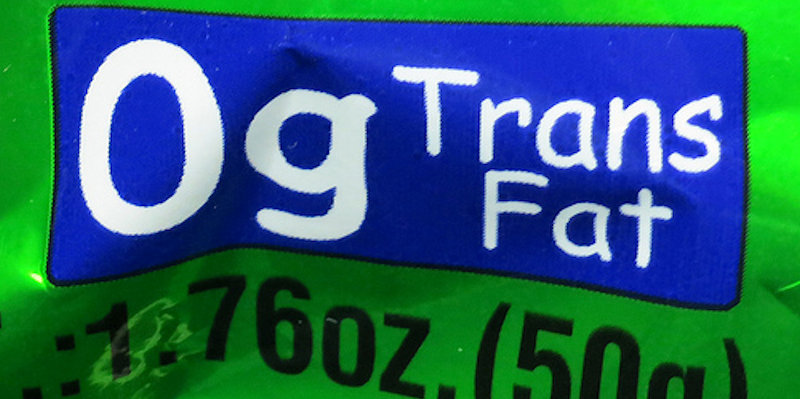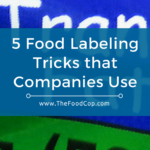Five Food Labeling Tricks that Companies Use
More and more consumers are making the decision to eat healthier. Unfortunately, food manufacturers often choose to use misleading information on their food labels in order to entice us to buy their products, leading us to believe that a food item that appears to be healthy really isn’t.
Here are some common labeling tricks that food manufacturers use on food packaging that you should be aware of:
- Calorie Free: If a food item contains less than five calories per serving, than the food manufacturer can claim that the food item contains no calories. That means if you eat a food item that is allegedly free of calories, you could still be consuming calories, which add up throughout the day. Keep in mind that if a food item contains fat, carbs, or protein, it contains calories.
- No Trans Fat: Similar to the Calorie Free label, if a food item contains less than 0.5 grams of trans fat, the amount can be rounded down to zero on the nutrient label. That means if you eat a food item that is allegedly trans fat-free, you could still be consuming large amounts of trans fat. To avoid this from happening, check the ingredient label to see if it contains partially hydrogenated oils, which is another term used for trans fat.
- Multigrain: Multigrain is often mistaken for whole grain products, such as whole grain or whole wheat. However, multigrain simply means the food item is made from several (multiple) grains, and these grains could be whole or refined. To make sure the food item is rich in whole grains, check the ingredient label – make sure the first ingredient listed contains the word whole.
- Natural: This term, which is found on a lot of food packaging, makes it sound as if the food item contains only natural ingredients and no artificial ingredients. However, the FDA has no actual definition of the term natural, meaning that food items claiming to be natural may contain added chemicals and other substances. The USDA, which regulates the meat and poultry industry, has a more defined definition (no artificial ingredients and minimally processed), but it still allows for some additives. In addition, it is acceptable to use the natural label on meat and poultry from animals raised with antibiotics or hormones.
- Good Source of: If a food packaging label claims the food item is a good source of a particular vitamin or nutrient, keep in mind that the food item provides a minimum of 10% of the Daily Value of the particular vitamin or nutrient being referred to.
Now that you’re familiar with some of the methods food manufacturers use to trick consumers, take some time to go through your refrigerator, freezer, and cupboards to see if any of the food items that you have purchased contain these statements on the food packaging.


